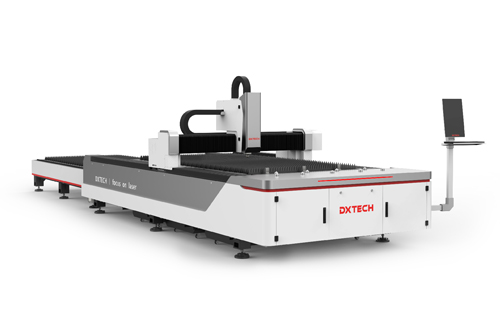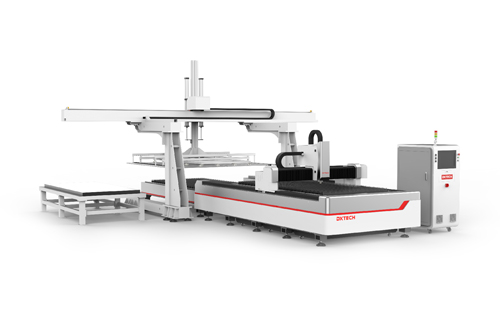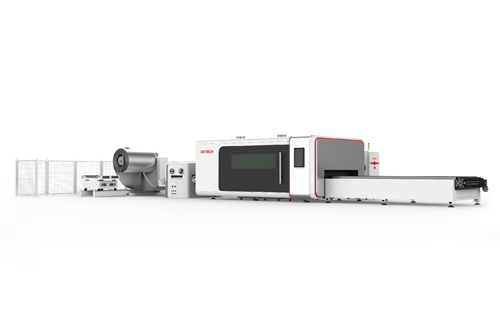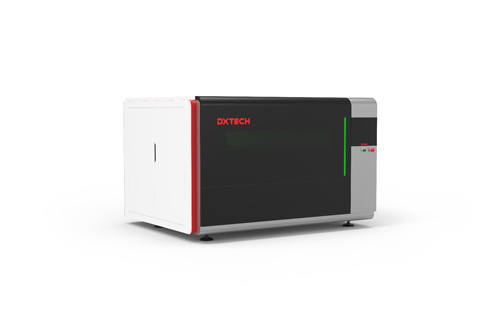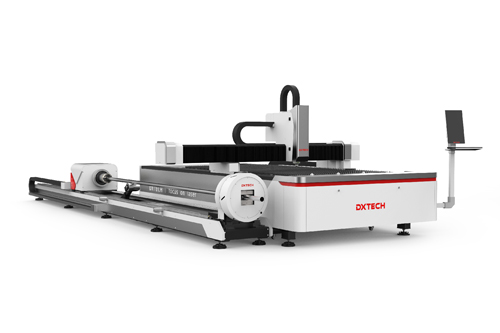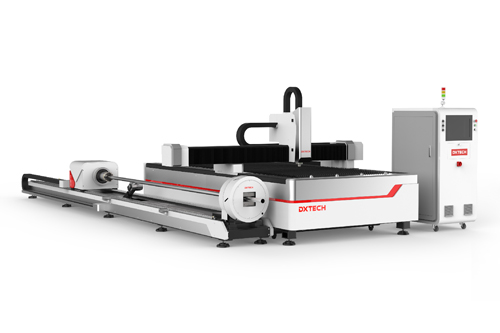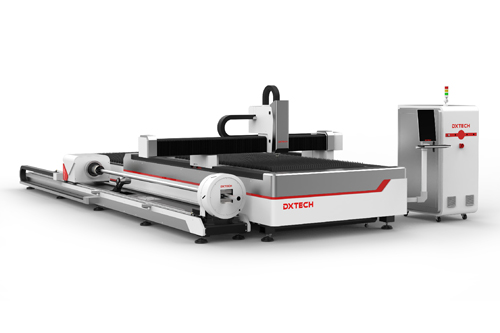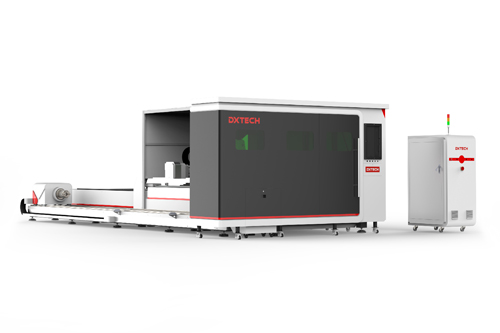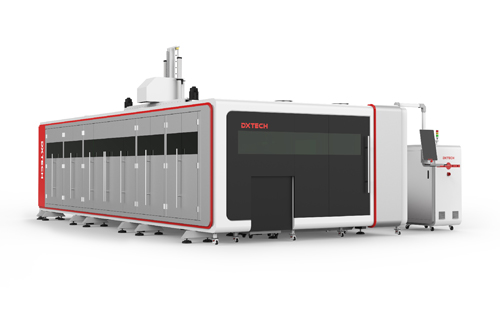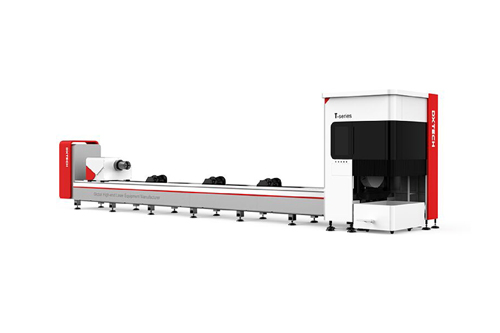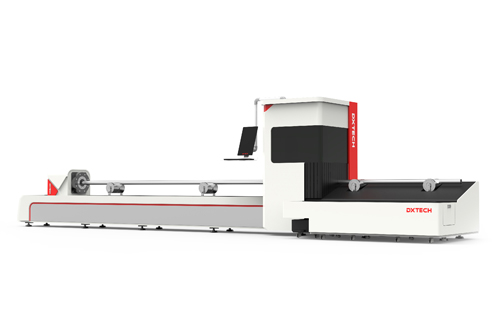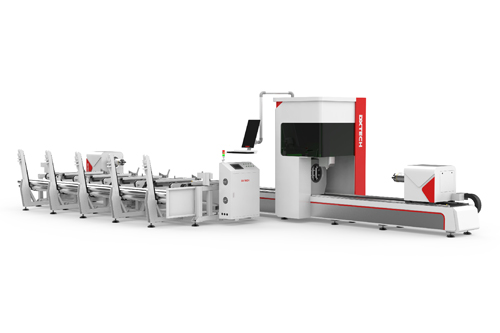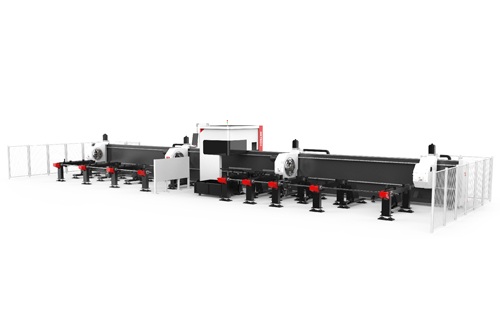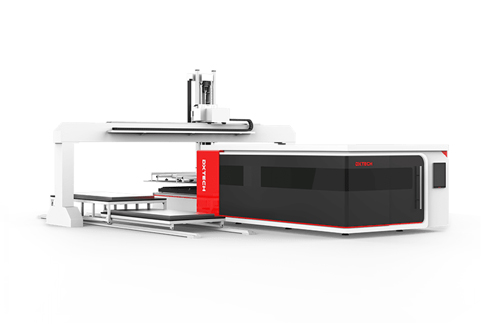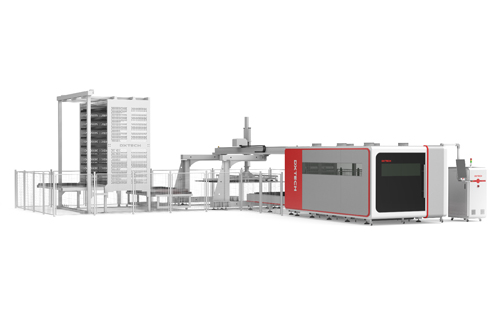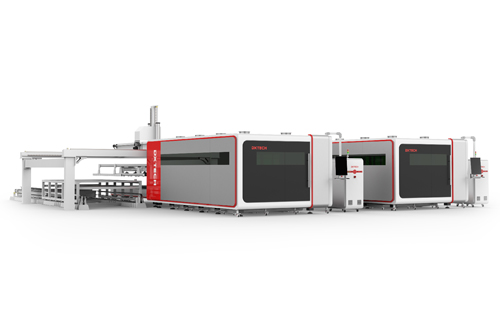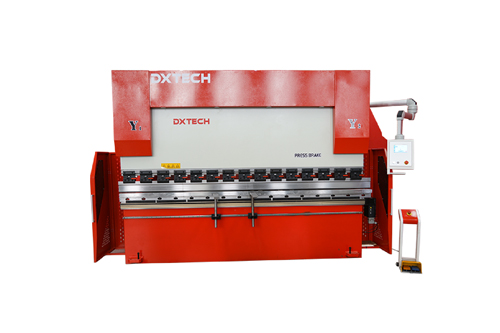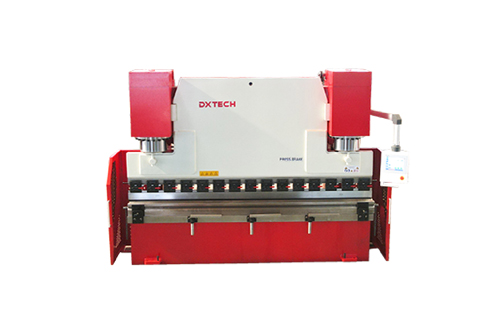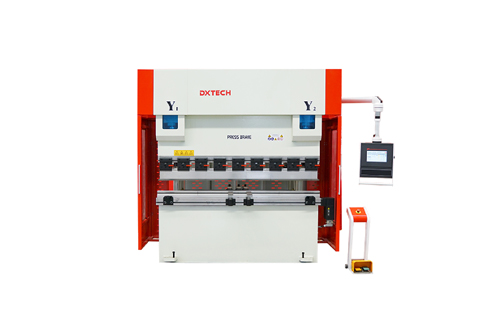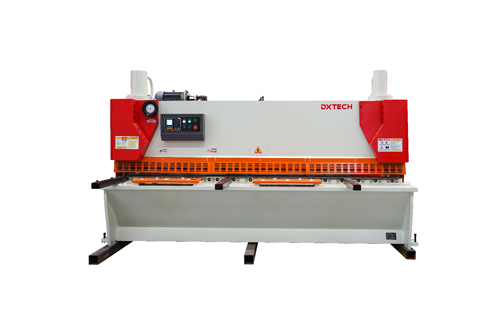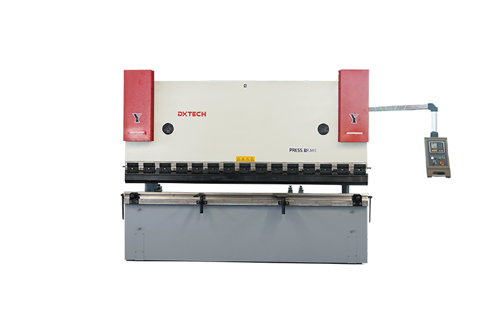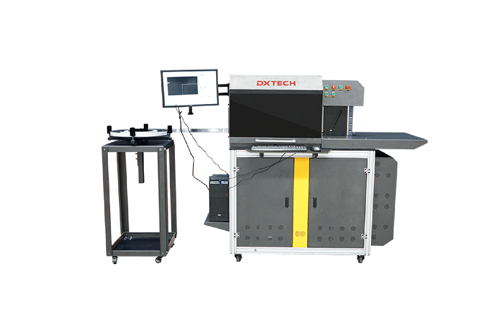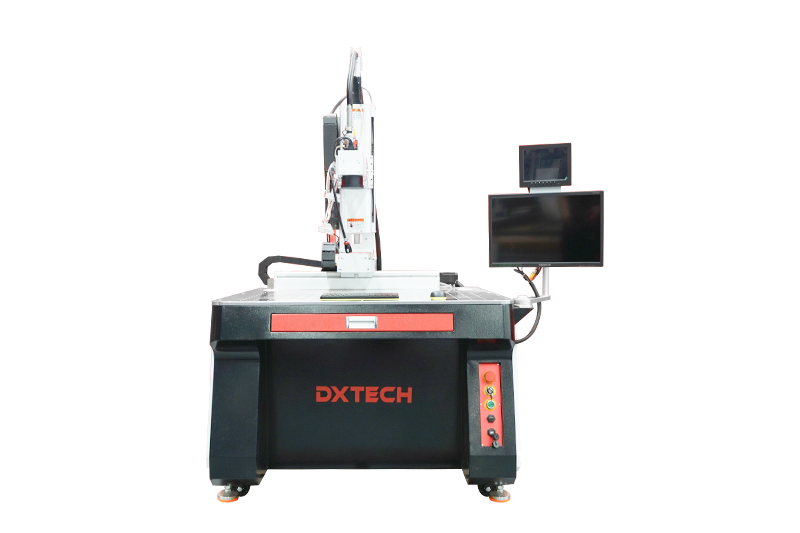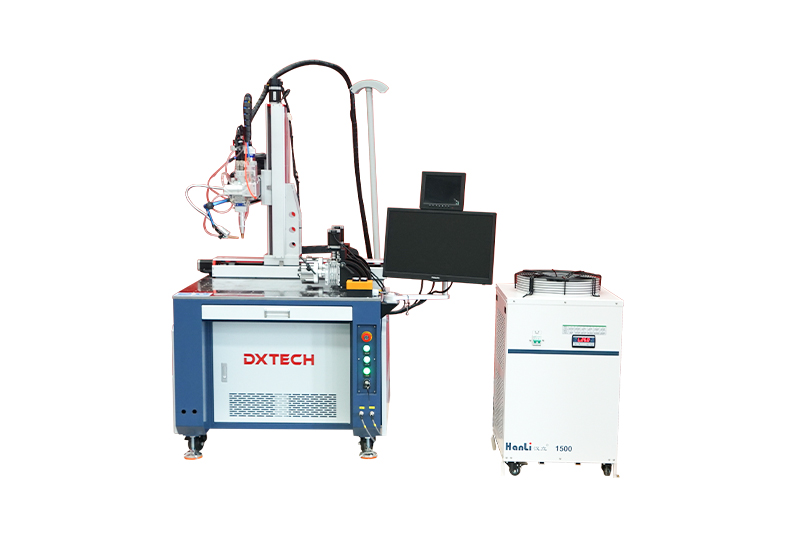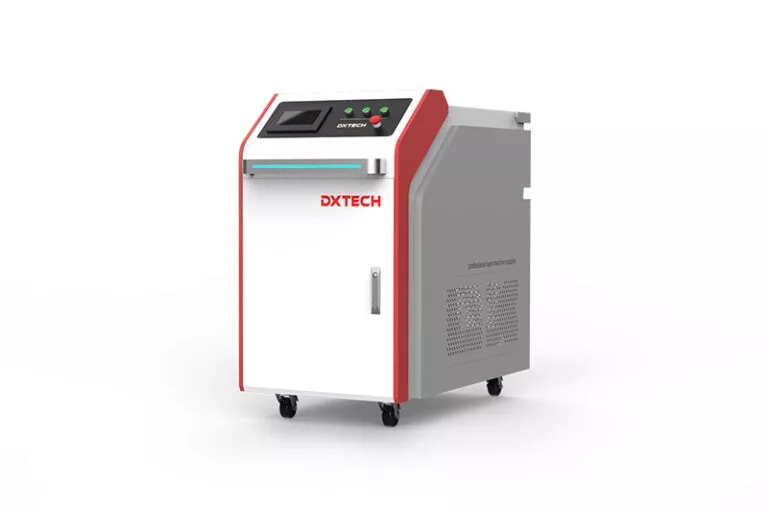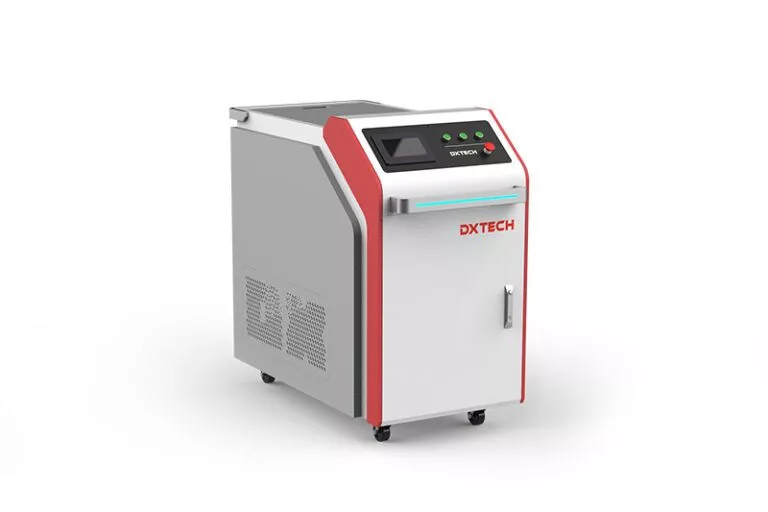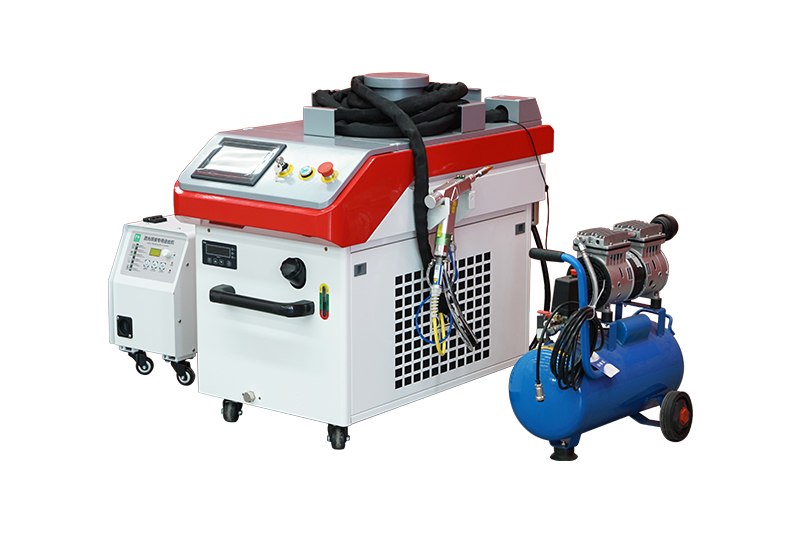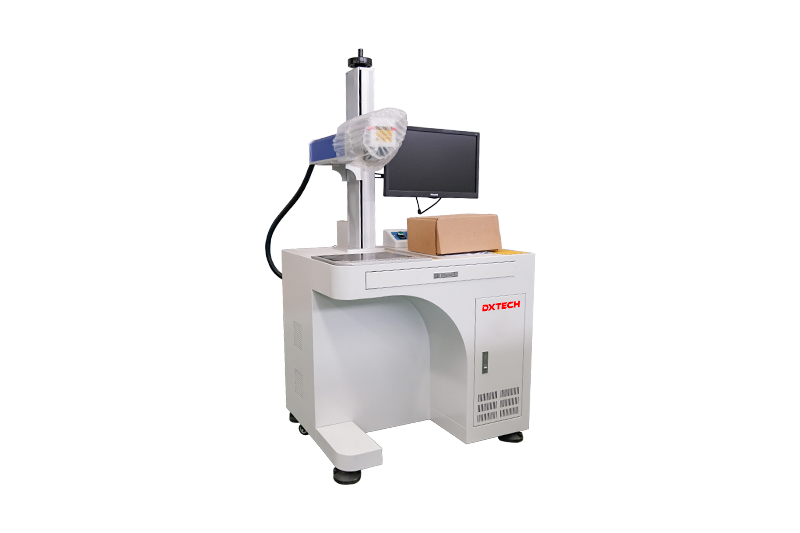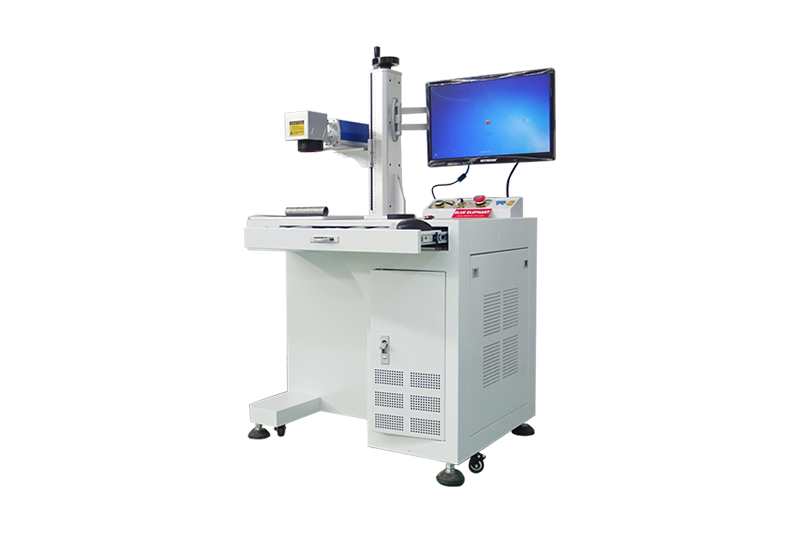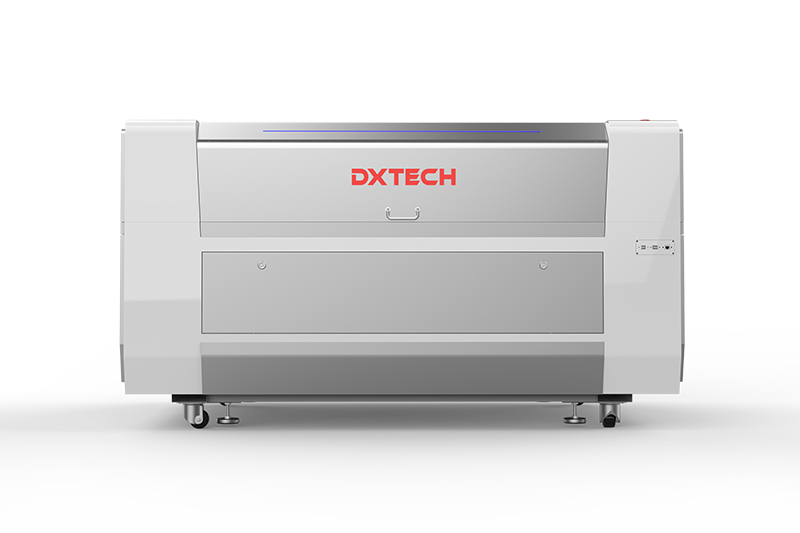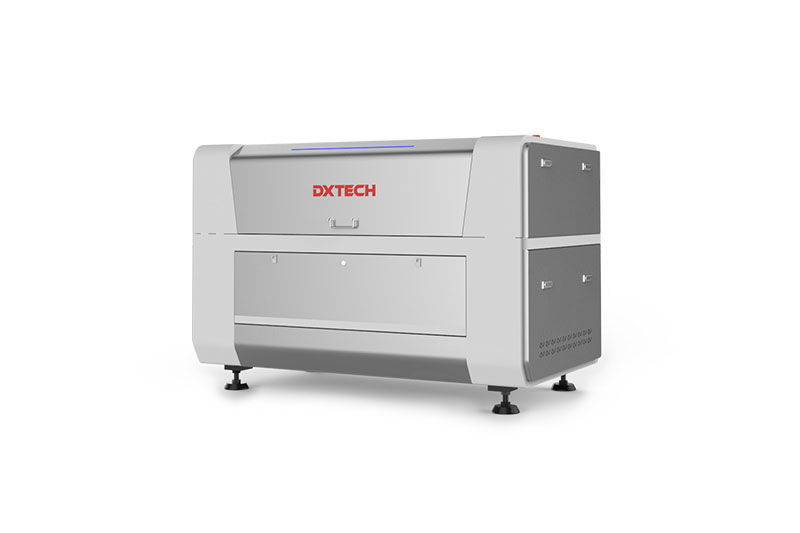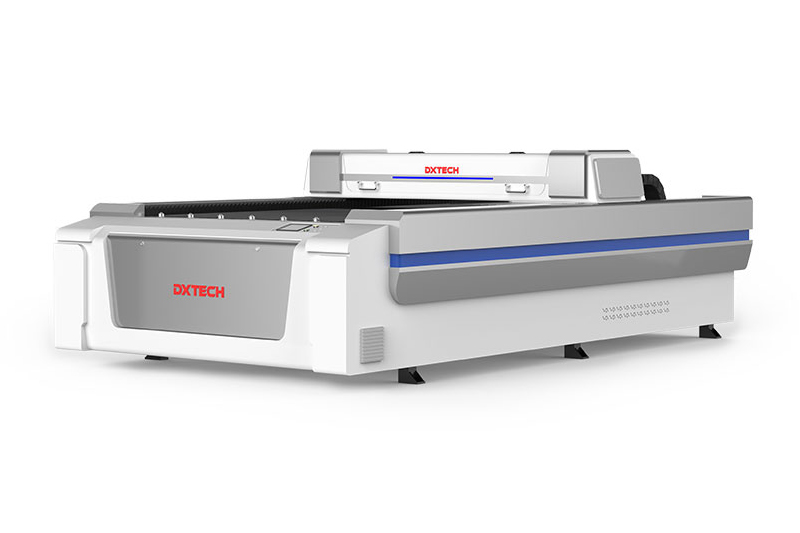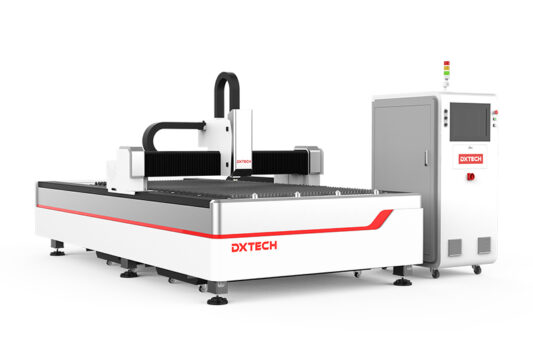The laser cutting industry is the most significant share of the many industrial applications. High power laser cutters with significant advantages are progressively becoming the modern industry’s choices with the success of laser cutting technologies and the need for medium-thick plate production. Besides this, these machines are widely used in the end-use sector to deliver high-quality goods in a short amount of time. Manufacturers can now automate various operations, including laser cutting, thanks to the growing wave of automation. Compared with small and medium power laser cutter machines, high-power laser cutter machines for the same thickness plates are more efficient.
In addition to the substantial improvement incapacity, the cutting process has undergone a transformative update, ensuring cutting performance while dramatically lowering manufacturing costs for consumers and resolving significant issues such as unreliable thick carbon steel plate demand. In 2015, the global laser cutting machine industry was worth USD 3.02 billion. Over the projected era, we expect the pattern of automation in the manufacturing sector and rising demand for the end-use sector to boost demand for these machines.
Leading laser equipment suppliers began shipping 12kW laser cutting equipment in limited batches as early as 2017. Since the introduction of 15KW laser cutting equipment by most famous firms, 12KW laser cutting popped up at major exhibitions in 2018. In 2019, the global laser cutting machine market valued USD 4.5 billion, with a forecast of USD 4.9 billion in 2020. Fibre lasers have also steadily increased in power; top industrialists have introduced from 12KW to 20KW, 25KW, a 30KW fibre laser to the market.
Low wattage laser cutter Difficulties
When compared to a 12kW high-power laser cutter, a 6KW laser cutting device has a lower wattage. Let’s look at the 6KW laser cutting machine and see how it corresponds to the 12 KW high-power laser cutter. Both systems have the exact internal mechanism. The only difference between them is how they act on stage. The more laser emission, the more influential the laser cutter is in laser technology. As a result, the only thing that separates them is their electrical power source. Consider the four stages below, where you’ll encounter complications by using a low-wattage laser cutter.
A slower cutting speed for thicker materials
Let’s take a look at stainless steel cutting time and thickness. A 6kW laser is less efficient than a 12 KW high-power laser cutter. A laser cutter’s typical time to complete a cutting procedure of limited thickness is the marginal cutting speed. In this case, a 6kW laser-cut achieves a rate of 0.01 meter per second while cutting 16 mm thick stainless steel is its marginal cutting speed. It is a somewhat slower speed than the 12 kW high laser cut, which has a marginal cutting speed of up to 30 mm thick stainless steel, and 15 KW has more. As a result, we can see that, compared to the typical higher wattage laser power, the lower wattage laser system has a slower cutting speed.
Limited options
A 1.5 KW laser cutter has limited options to a 3KW laser cutter. In terms of cutting options, a 6 KW laser has more than a 3 KW laser. Consider the difference between a 12 KW laser cutter and a 1.5 KW or 3kW laser cutter. Isn’t there a significant difference? To advance in the business world, we must weigh all of the options available to us. We must make the appropriate decision based on the company’s goals and product. The choices available to a low-wattage laser cutter are limited compared to those available to a high-wattage laser cutter. If the company expands quickly, the lower wattage laser power will result in limited output, slowing down its growth.
Requires High Expertise
You will need to become an expert when working with a lower wattage laser power. If you want a 1 KW laser cutter to cut a 4 mm stainless steel, the equipment would be difficult to use if you are not an expert. Due to this scenario’s narrow process window, you must identify and resolve any minor variations from ideal content and cutting device requirements. For the time being, whether you have a 3KW, 6KW, or 12KW laser cutter for the same stuff, you can not only cut quicker, but you can also run jobs with less expertise.
Less productive compared to a high power laser cutter
Consider the basic cost-per-part calculation when determining how much power you currently need. Measuring “cost per cut” is one way metal service centres should apply this definition. Instead of focusing only on the cost of a laser cutting or the number of cuts a laser gun can make, “cost per cut” considers the entire cost of an amount, including raw material, laser energy, machine, and operator costs. We would quantify our overall cost after cutting one part entirely to determine which laser cutter is more efficient or has a better cos-per-cut. In this case, a low-power laser cutter needs more time, uses more energy, and necessitates a high level of expertise. Now, let’s cut 16mm stainless steel on both 6 KW laser cutter and 12 KW laser cutter. As we have said earlier, a 6kW laser-cut achieves a speed of 0.45 meters per minute, and 12 KW cuts 2.6 meters per minute. When you consider the electricity cost, you’ll notice that a high-powered laser cutter does a job quicker than a lower-powered laser cutter. As a result, the high-power laser cutter used less energy than the lower-wattage laser cutter. In this way, a low-wattage laser cutter is less efficient than a high-wattage laser cutter.
Why Should you choose a high power laser cutter
In the industrial sector, high-power laser cutters are standard for laser cutting and welding. The more power you have for laser cutters, the better. According to most laser cutting companies, the cutting process has a maximum capability above which you can not improve the cutting efficiency and speed. 4kW laser cutting machines were popular not so long ago. The current trend is for laser-cutting devices with a power of at least 6 kW and more. According to laser cutting sales, now it accounts for roughly 80% of all high-power laser sales. When you consider the advantages of having a lot of energy, it’s easy to see why things move in that favourable direction.
High Yield
When using a high-power laser cutter, you will realize the productivity and quality benefits. The High power laser cutter ensures increased cutting range, increased cutting speed, increased piercing speed, and improved component edge quality. Thus, a high-power laser cutter converts to high yield.
Increased cutting speed
Faster cut rates, which improve throughput, are among the most prominent advantages of high-power laser cutters. Cutting high strength speed is most effective in mid-range material by using air or nitrogen, exactly 1/8″ to 12.” Take a look at the table below and see if the cutting speed of 6KW, 12KW, and 15KW laser cutters can better understand.
According to this chart, a 6KW laser cutter has limitations to cut up to 16mm thick of stainless steel smoothly. Although for increased thickness will slow down the cutting speed. For a 6KW laser cutter, the marginal rate is at 16 mm. On the other hand, for 12 KW and 15 KW, changes to 30mm. This limit is almost double that of the 6 KW laser cutter. Therefore, The 6kW laser cutter leaves a limited option, and the other two high-power laser cutter ensures better speed and high yield. Although, a 6KW laser cutter can meet 95% of the market demand.
Increased cutting depth
Improved edge quality
Cost-effective
Popular DXTECH High Power laser cutter
This metal fibre laser cutting unit has two worktables and is a tremendous high-intensity laser cutter. The two processing platforms allow for simultaneous loading and unloading of materials as well as cutting. It reduces the amount of time spent loading and unloading by hand and increases output productivity. The usable power ranges from 500W to 12000W, with a work area ranging from 1300 x 900 mm to 2500 x 8000 mm. Furthermore, this unit is ISO9001, CE, FDA, and ROHS certified.
This Fiber laser cutter has a safety cover and is a metal fibre laser cutting unit. The wholly sealed laser protective cover protects the user while still being environmentally conscious. It’s also appropriate for consumers who have stringent environmental conservation standards. This laser cutter also has a cutting area of 1300 x 900 mm to 2500 x 8000 mm and a power capacity of 500W to 12000 W. Its adoption of a fully sealed laser safety cover is one of the most significant features. It will maintain the operator’s wellbeing while still being more environmentally conscious.

